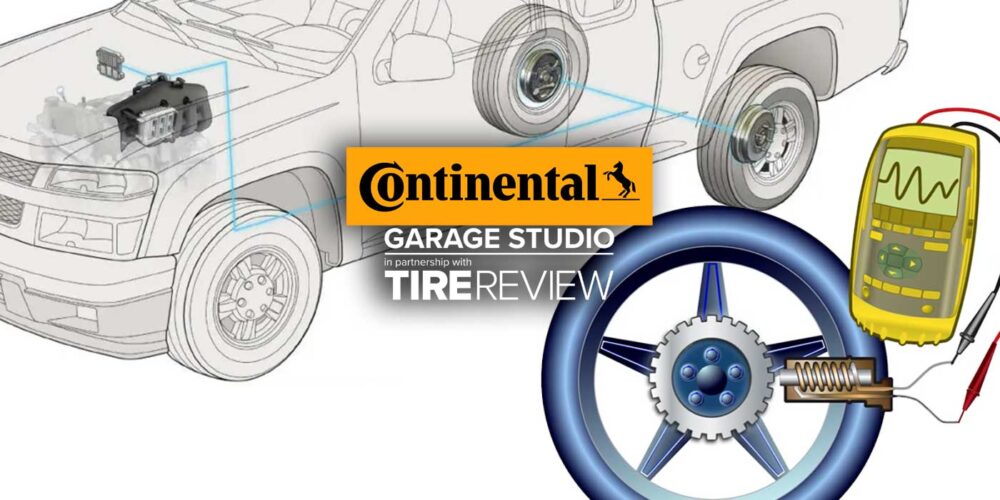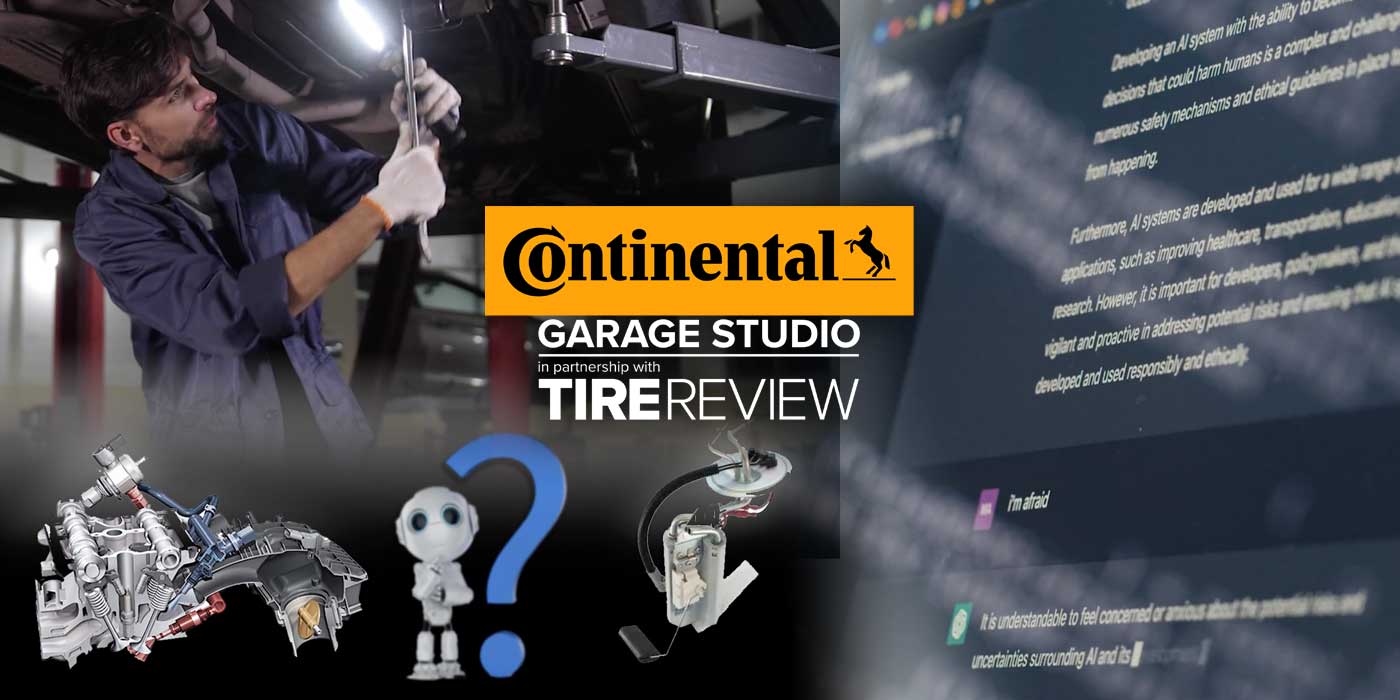Tire pressure monitoring systems, or TPMS systems, are crucial to vehicles and mandated as a safety requirement on new vehicles sold in the U.S., but some drivers still consider this to be an optional part since a vehicle will still run without them fully functioning. In this Tire Review Continental Tire Garage Studio video, we’ll discuss the importance of educating your customers on TPMS systems and selling them.
When it comes to selling TPMS repair, start out by educating your customers on the benefits of maintaining a functioning TPMS system as it pertains to tire health. If they know more about the system, they’re more likely to see the value in keeping it fully functioning and will be more willing to pay the cost of fixing a TPMS system.
A fully functioning TPMS system leads to better handling and braking and increased tire life. This means longer-lasting tires, fewer replacements, and in turn, fewer discarded and recycled rubber tires. It’s a winning situation for you, the customer and the environment. [Insert cheering noise with a pretty picture of the environment]
The National Highway Traffic Safety Administration says drivers can improve their gas mileage by up to 3.3% by keeping their tires inflated to the proper pressure. The agency also says TPMS reduces the likelihood of a vehicle having one or more severely underinflated tires by 56%.
TPMS also keeps drivers safe by reducing blowouts. Blowouts happen when vehicles have low air pressure, are overloaded or overheated or any combination of these. A functioning TPMS warns drivers of any signs of blowout and they can fix the issue before it becomes a problem that leads them stranded on the side of the road. The benefits of that not happening will resonate with many customers for a number of reasons.














